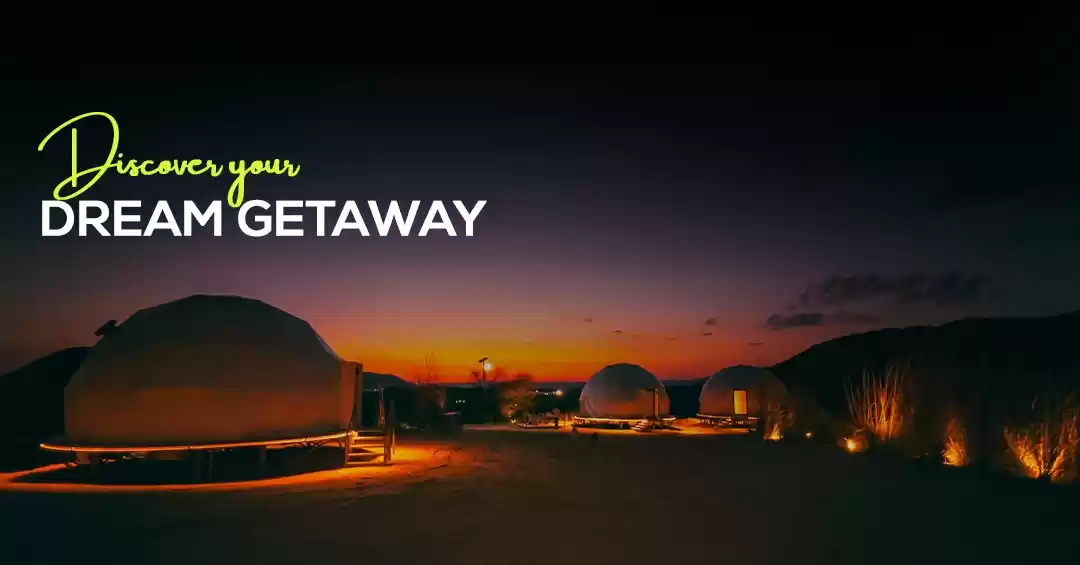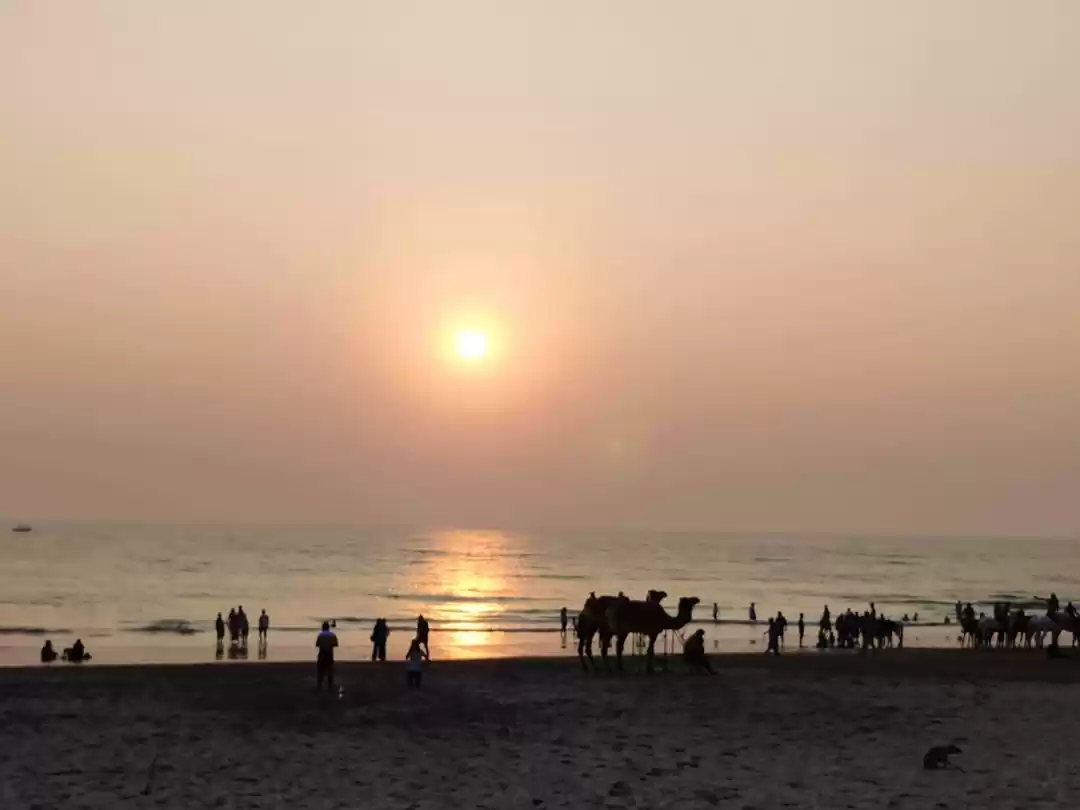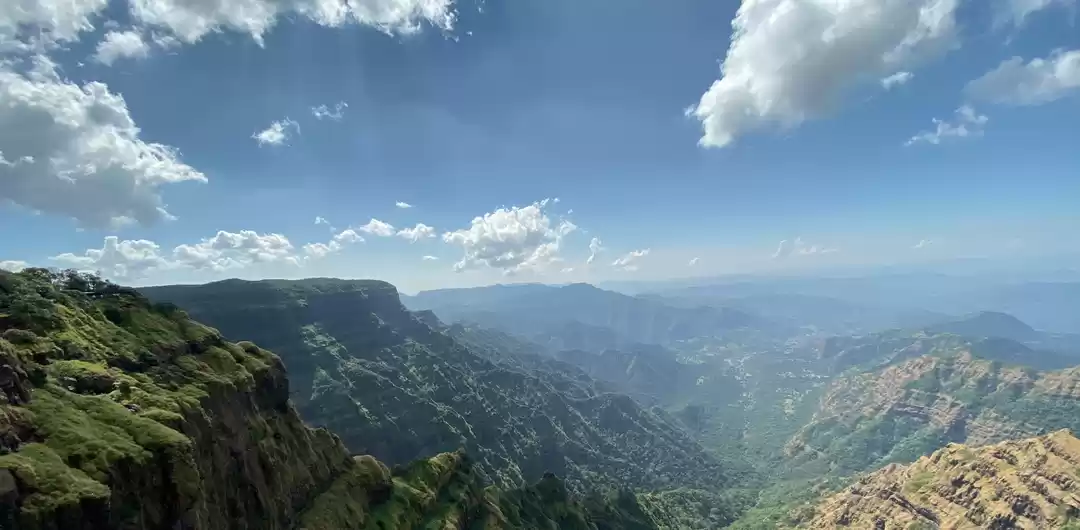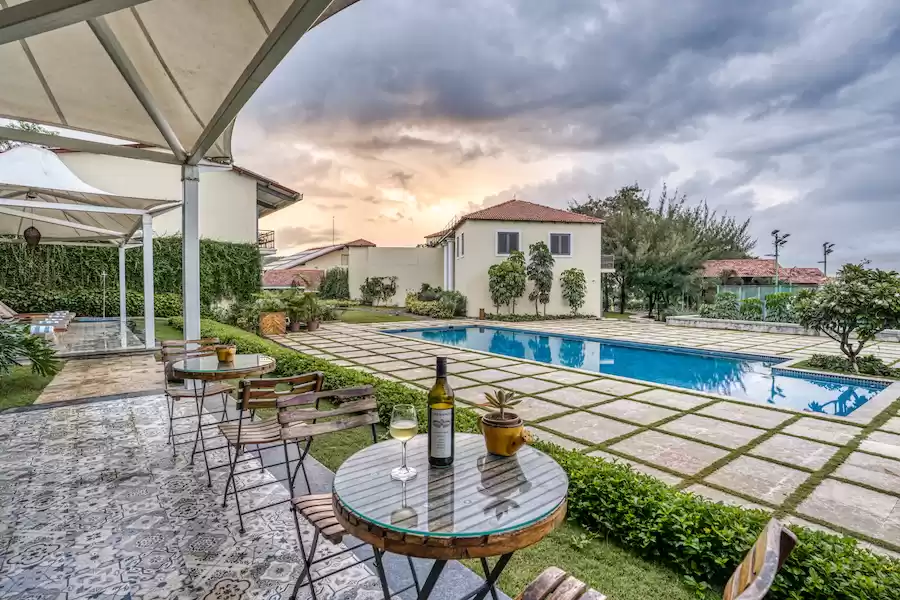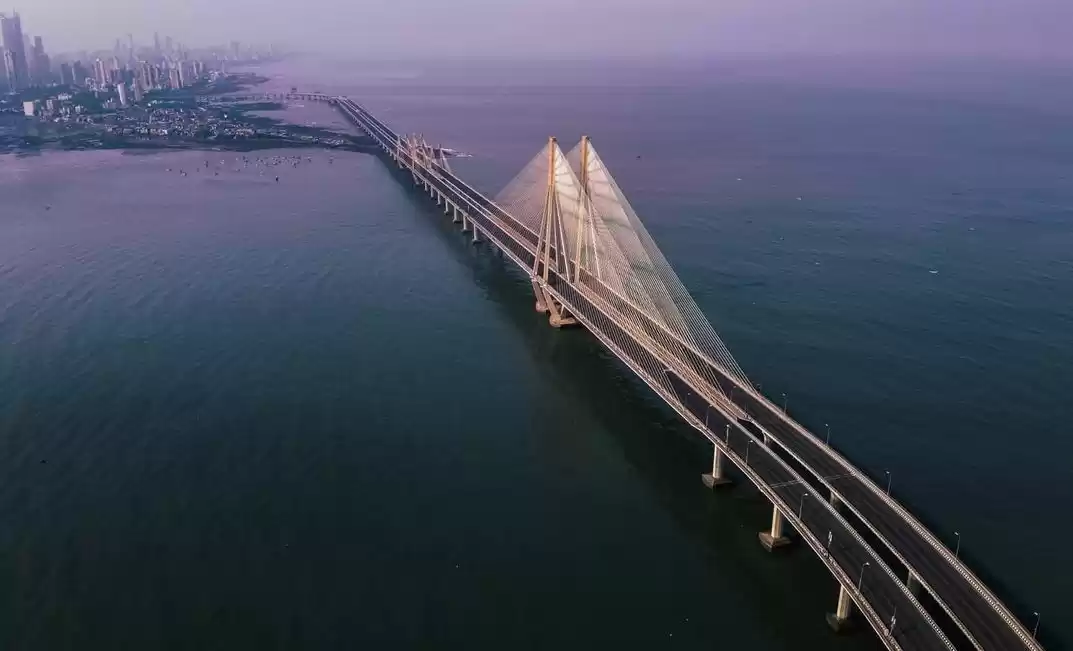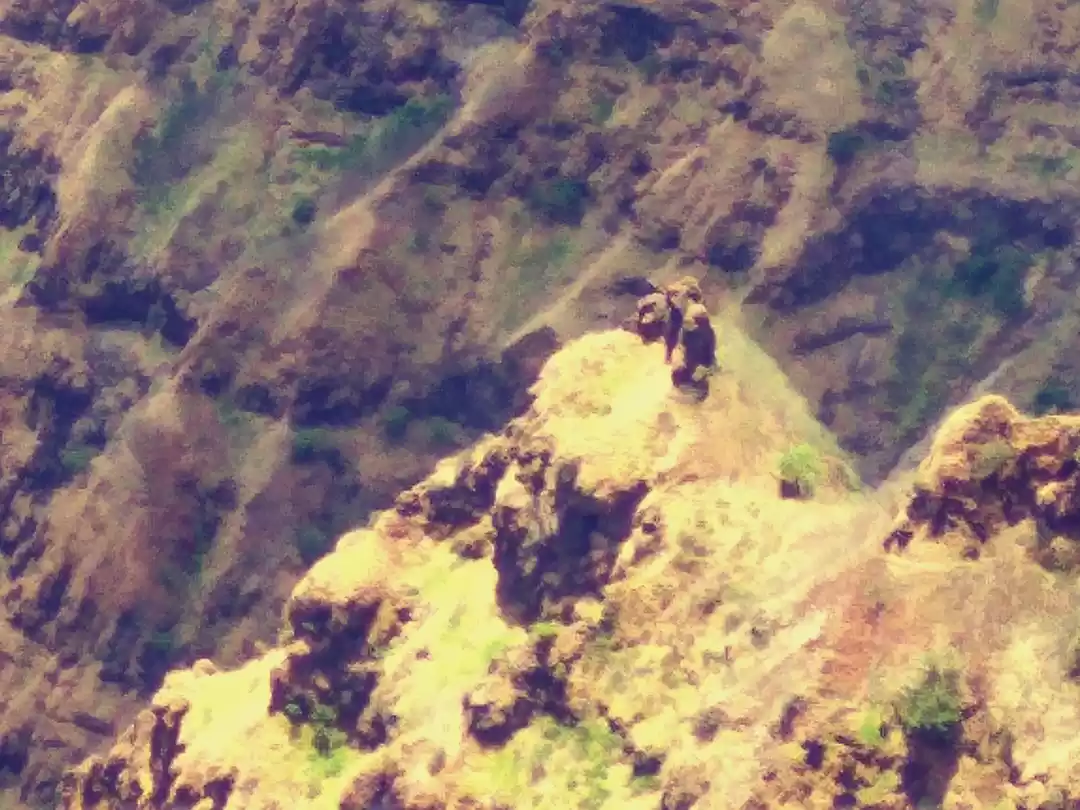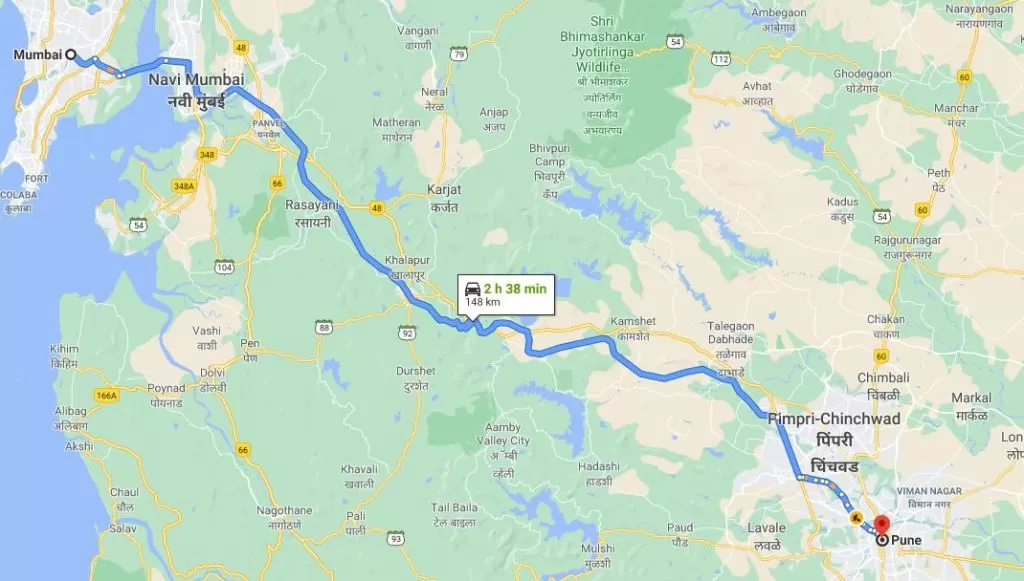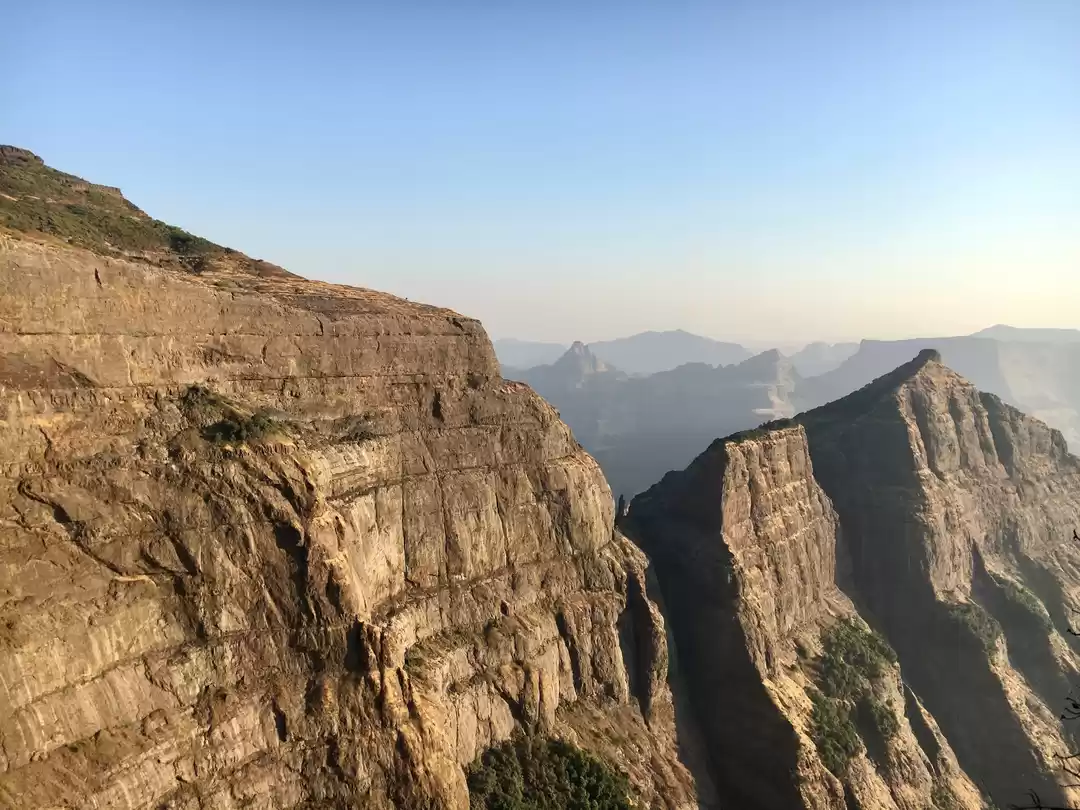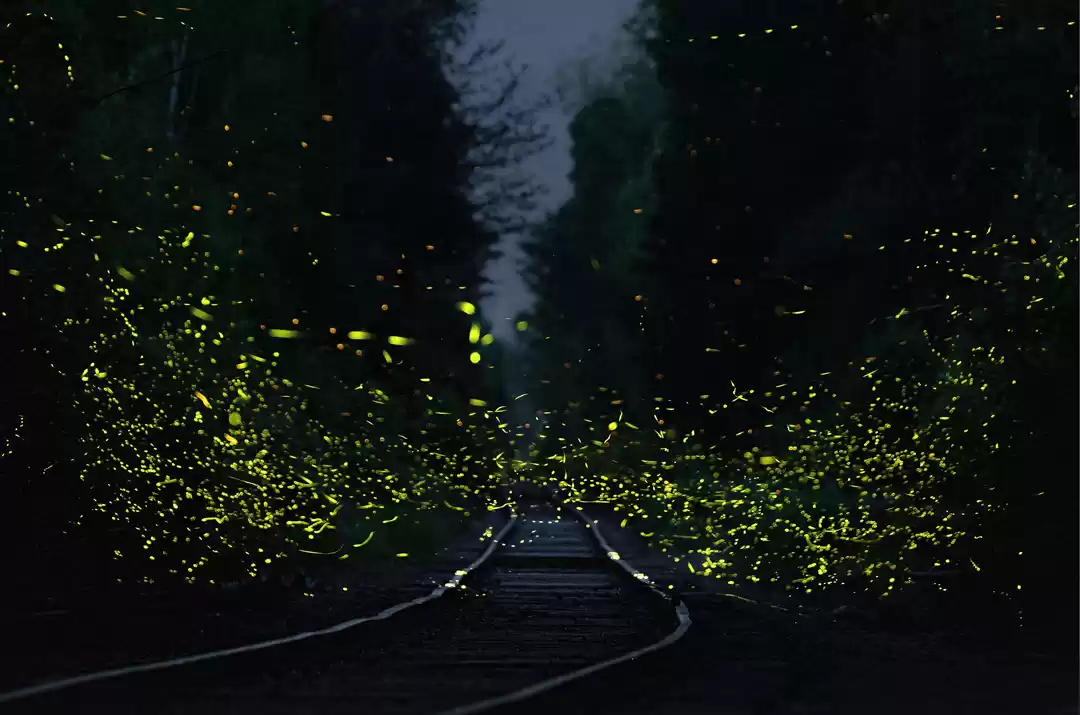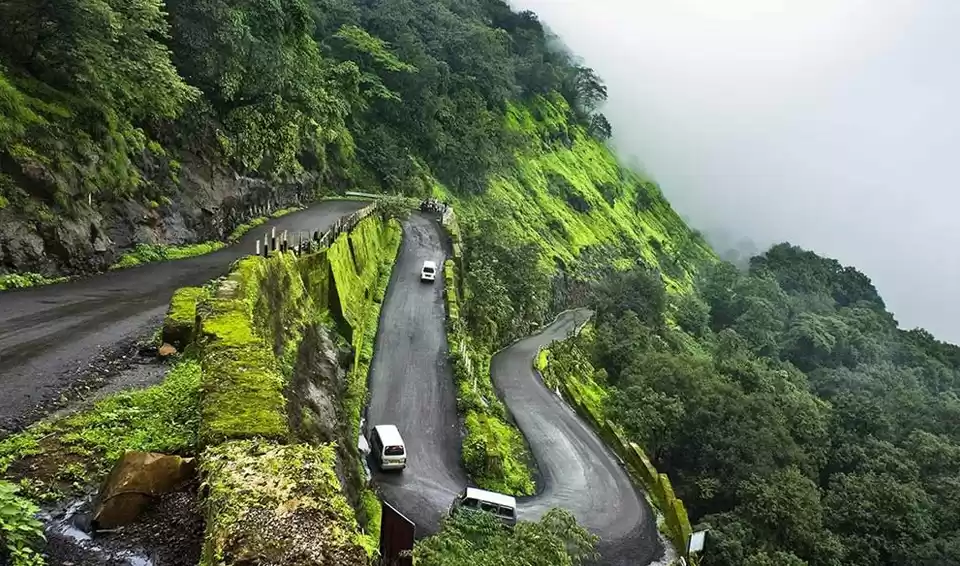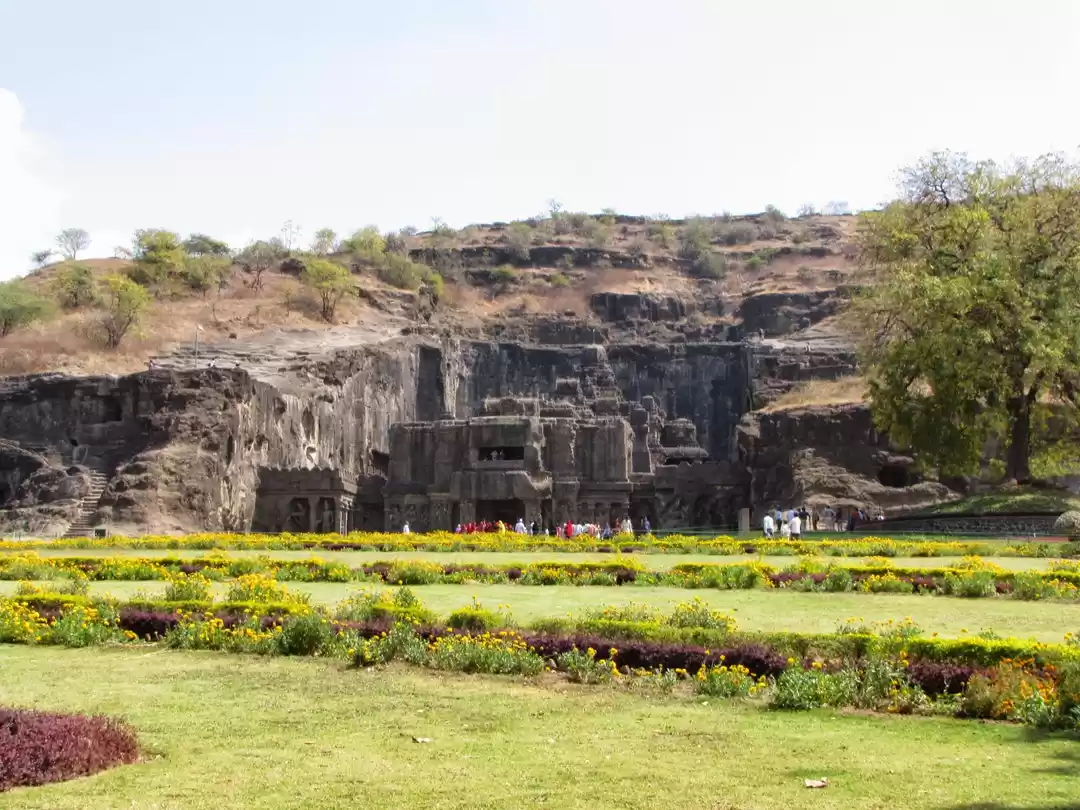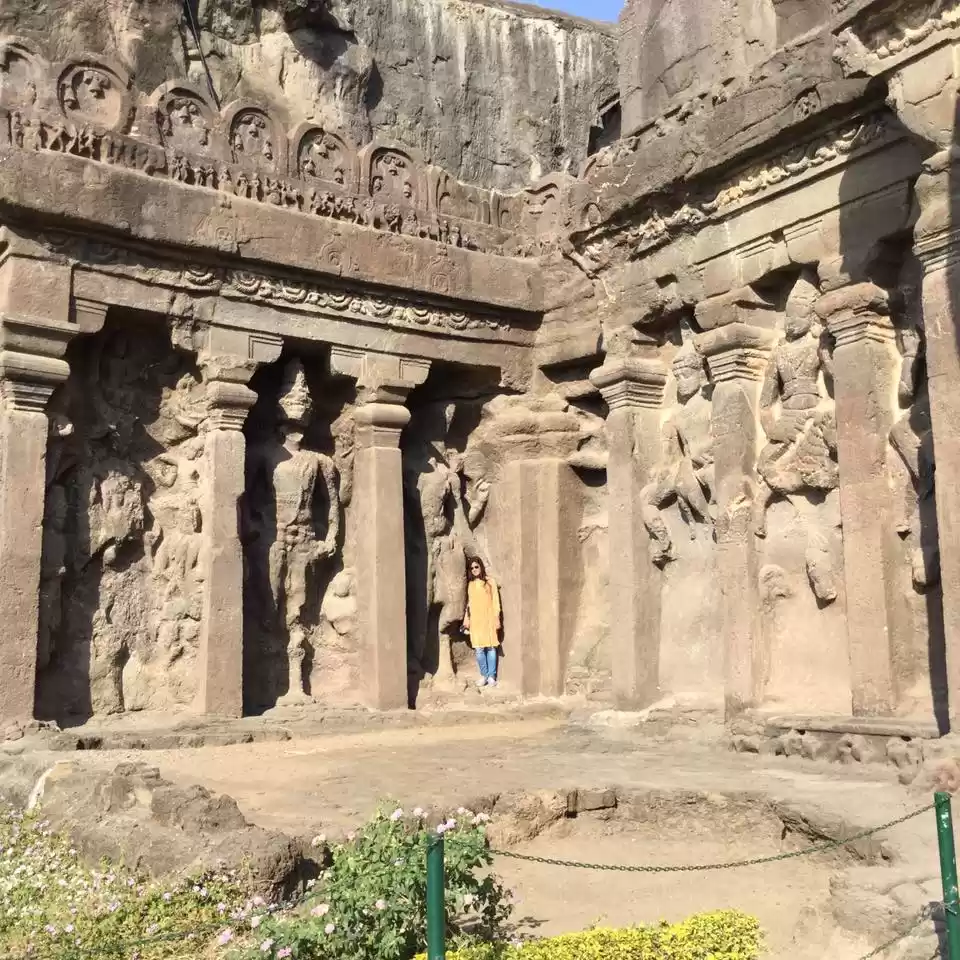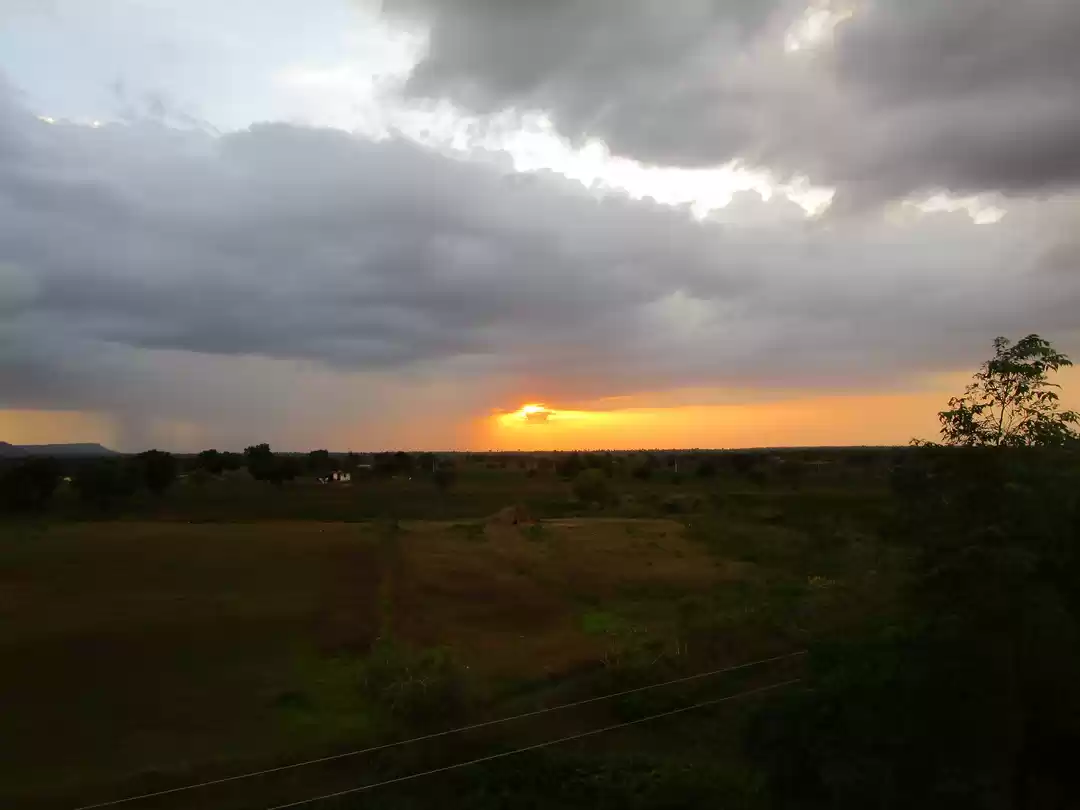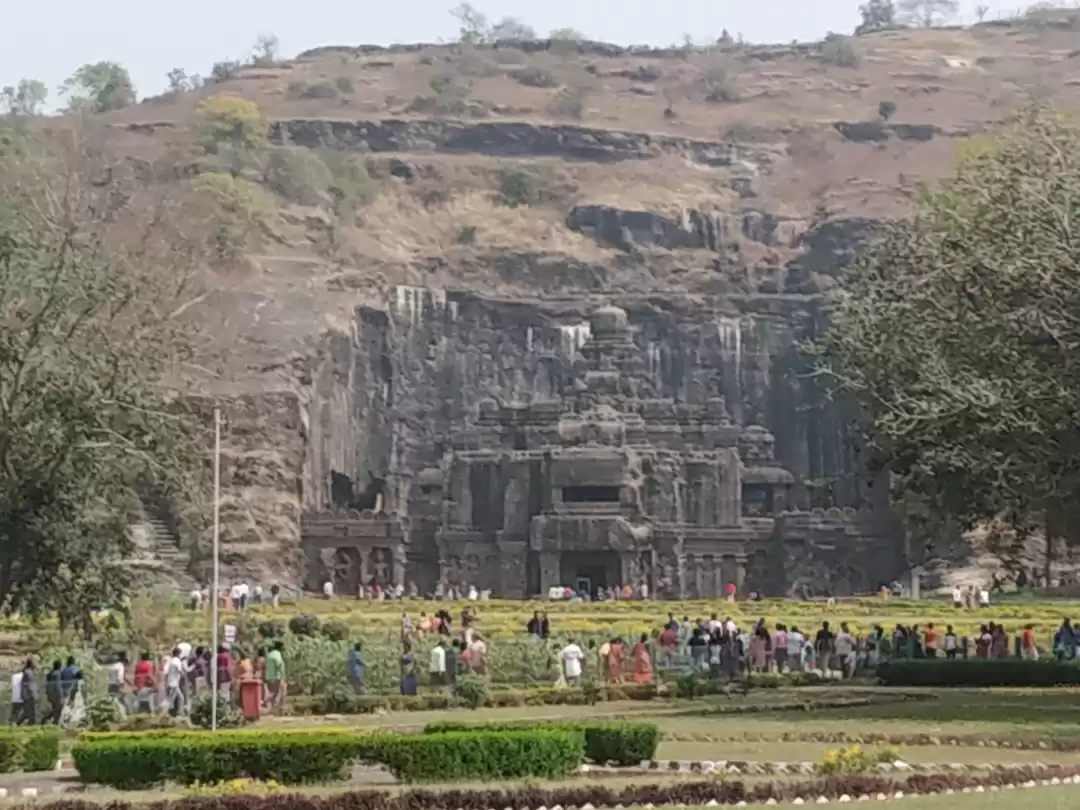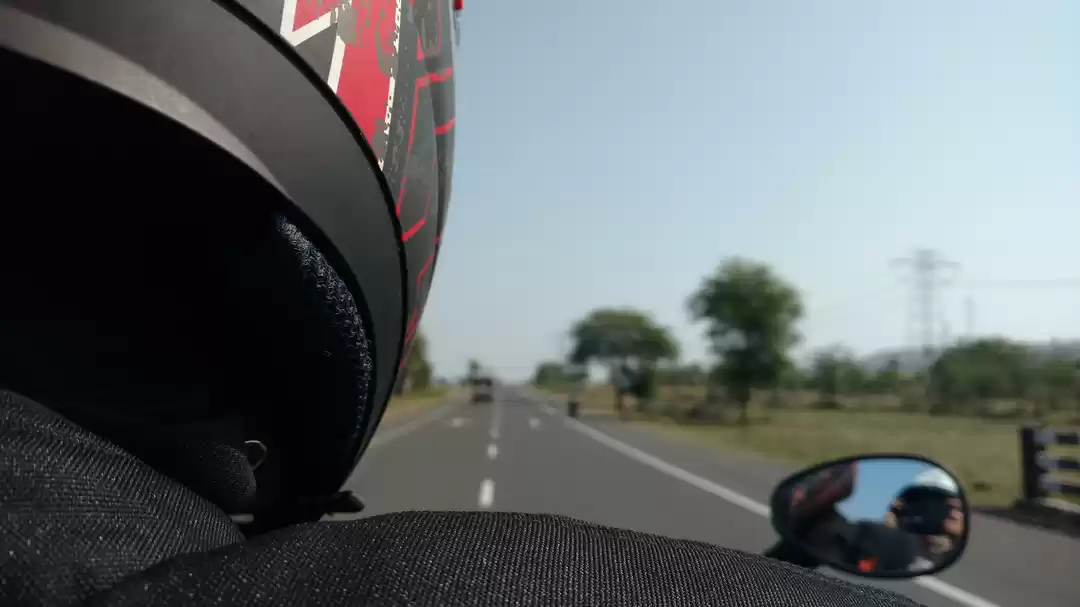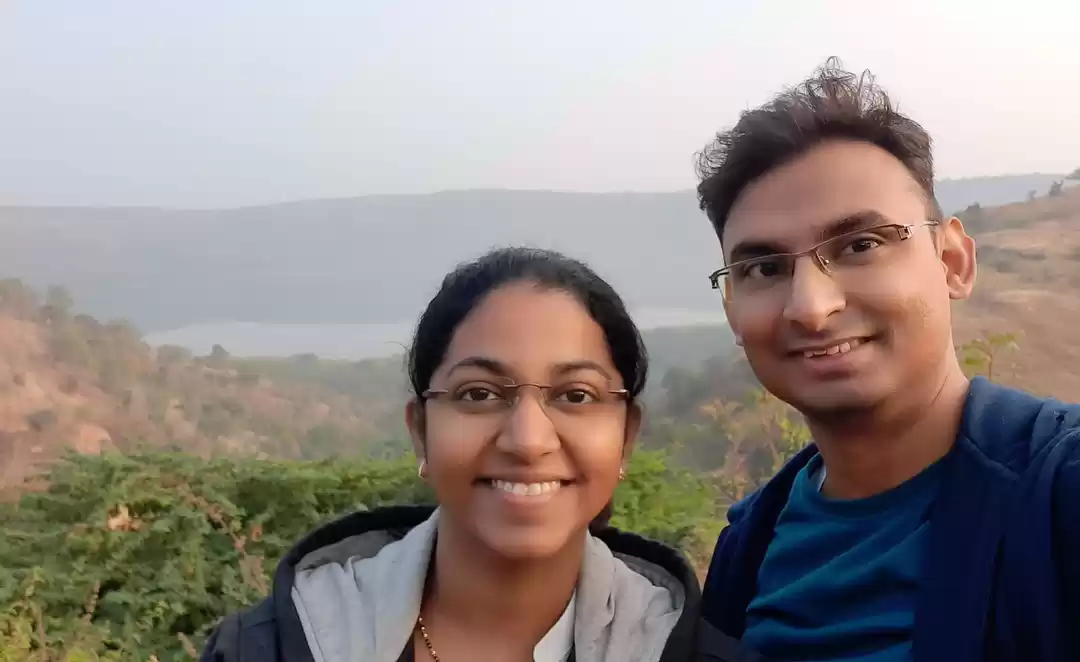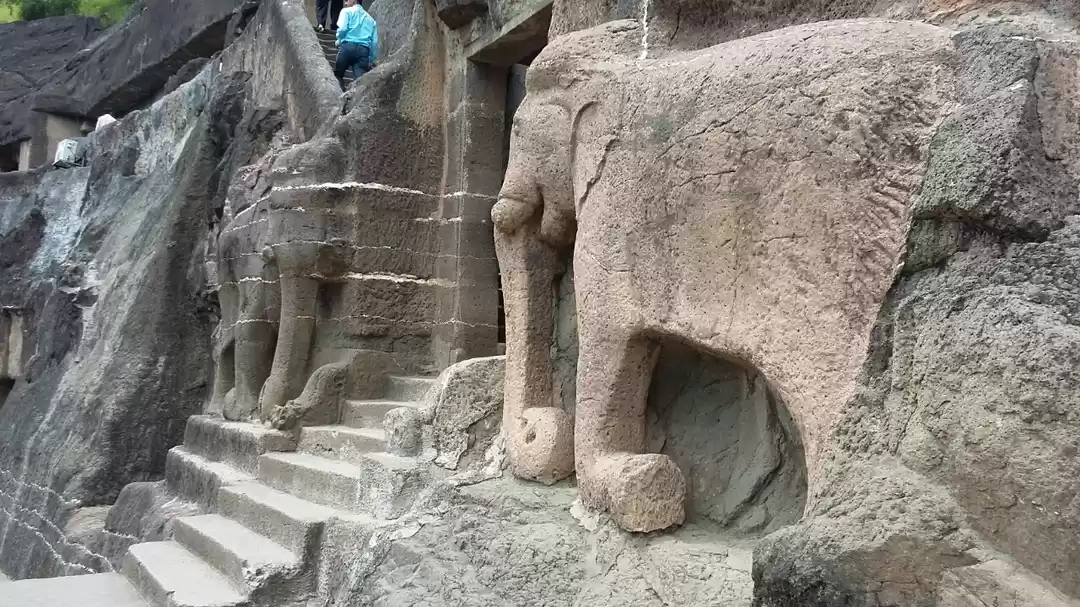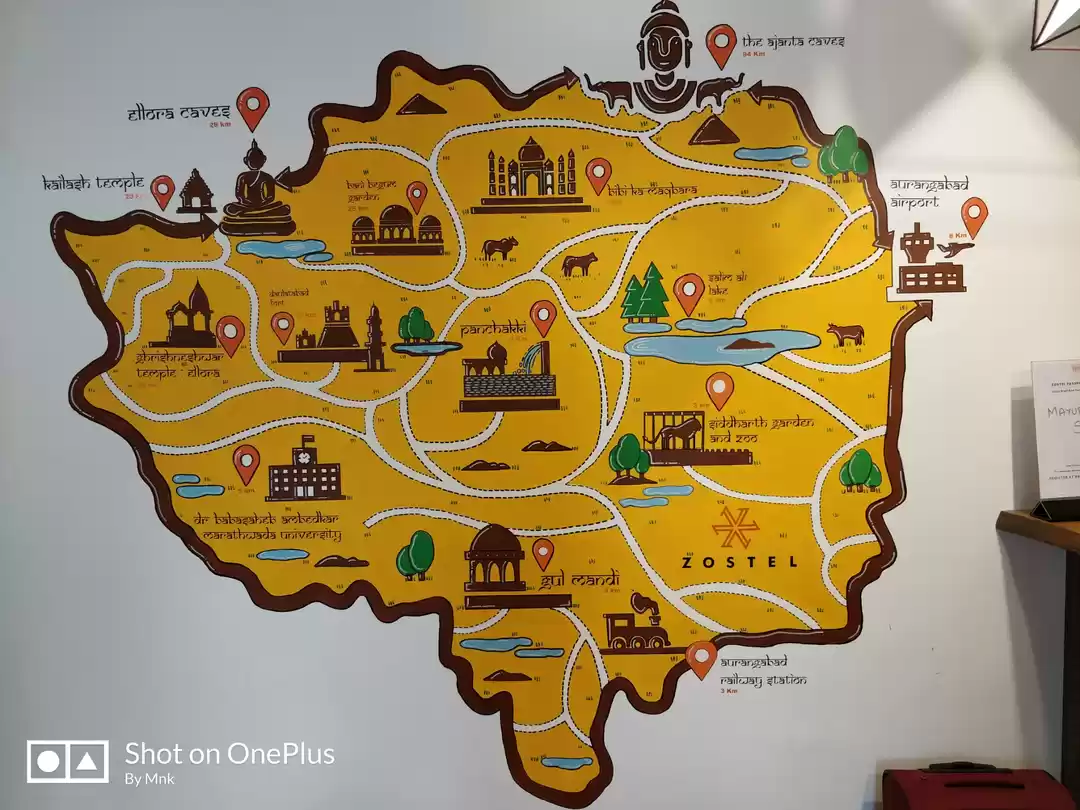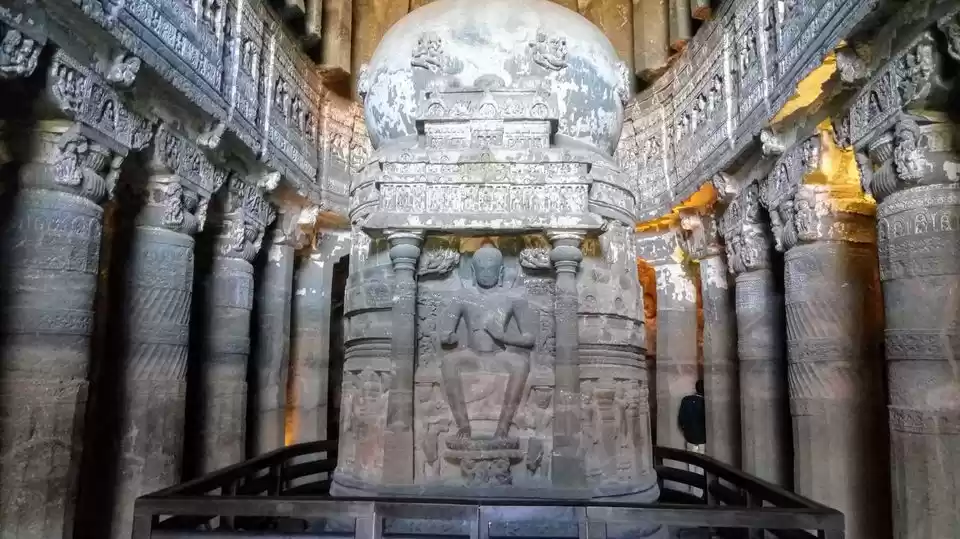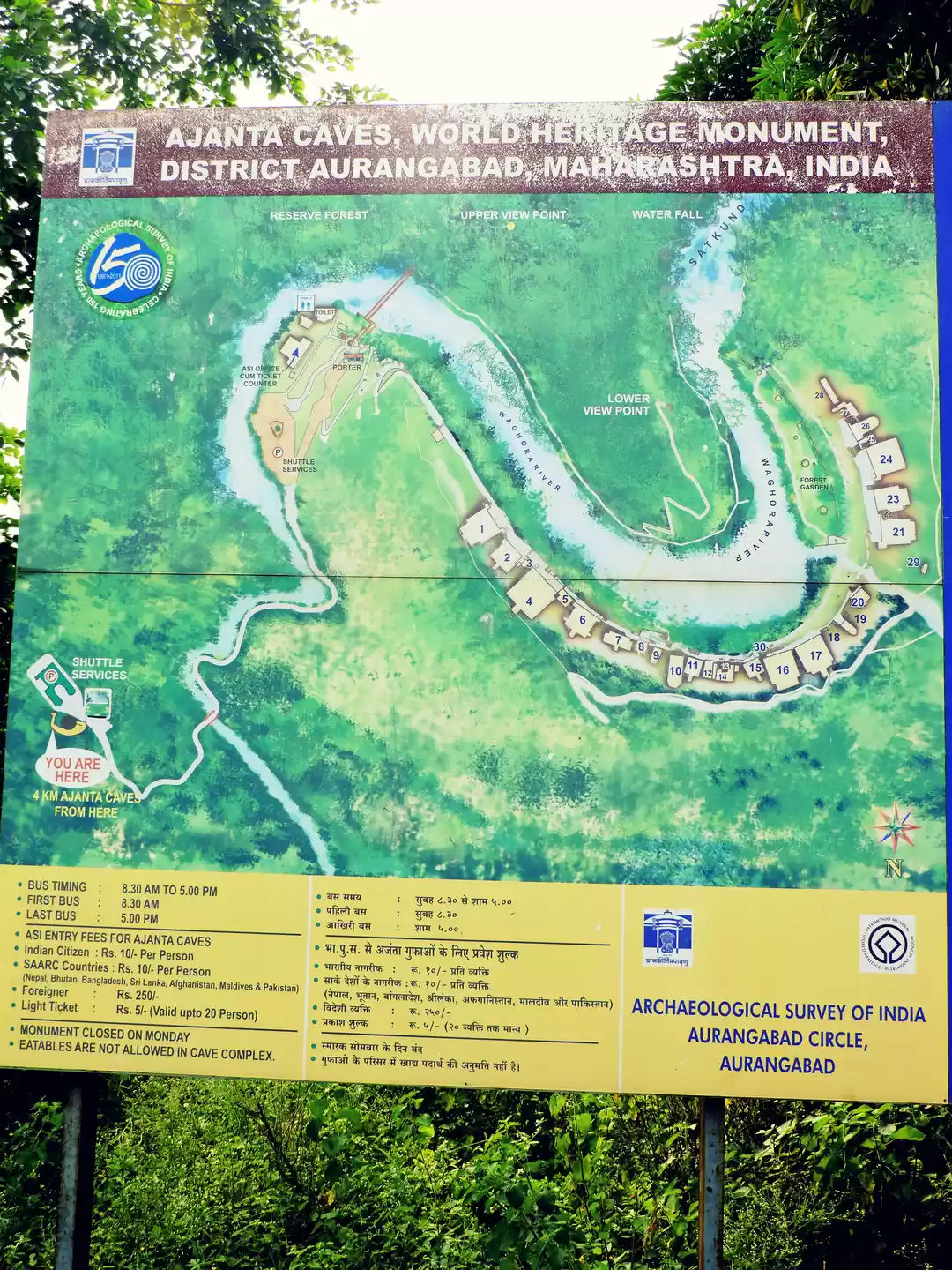
There are places in this world that for us have been exceptional and deserve to be visited once in a lifetime. This is one of them. The Ajanta and Ellora caves are an epic place with a lot of history and a journey through time. The level of detail of the frescoes, the greatness of the sculptures and the workmanship of that place, could only be inspired by a God.
It sounds incredible, right? For us it really was. It reminded us a lot of the Buddhist caves in Datong in China. And I dare compare them with the ruins of Petra in Jordan. After 3 days in Bombay that was more than enough, we took a taxi to the Dadar station on the morning of the fourth day.
When we got there, we realized how novice we still were in India. After crossing from one end of the station to the other over and over again, passing by hundreds of people, we are told that the Shatabdi Express for Aurangabad at 2 in the afternoon is full. There are no seats available.
The only option was to wait until 9 o'clock at night, and take the one that would arrive at Aurangabad around 6 in the morning. Economically it was the best option. Spending the fourth day in the city or waiting 12 hours at the station was not the plan that we liked the most.
Finally, after shuffling some options, we went to a ticket counter and got an alternative. We buy a ticket to an intermediate point to Manmad and another from there, to Aurangabad. We would not have to change train, just seat, and pay 300 rupees instead of 170 that would have cost directly.
The hijras move in the coaches shouting and clapping their hands. Everyone gives coins and us too. The neighbor explains that if we do not give money to hijras it brings bad luck. Once is enough, because they pass and repass during the 8 hours of train. From time to time we munch on the vegetable biryani, samosas, and masala chai.
Finally, our train arrived at Aurangabad at 12 o'clock at night. We passed through the lights of the center of Aurangabad and we continued. After some time the road was dark and we go along a mountainous road. I could not imagine where we were going. I did not think it was that far. The cell phone had no charge to check the maps.
At that time the journey became eternal. It was midnight. We go down a dark mountain road with an unknown person. When we reached an illuminated area, another man was waiting for us who was the owner of the guest house. He got into the car to give directions to the taxi driver. Sure, it was impossible to get to the address since it was an area with narrow streets full of wells and where the car barely passed.
Finally, the man said we had arrived. We went up a staircase that led to a patio and there were two room doors. We chose the first one and we entered. It was very austere but it looked clean and for 500 rupees we could not ask for more. We arrange with the owner's brother to go the next day to the Ajanta Caves.
They advise to visit these first and with reason. They are less impressive than those of Ellora. Tired we went to sleep. The double bed was a table with a thin mattress of 5 cm. I like the hard bed, but that was very hard.
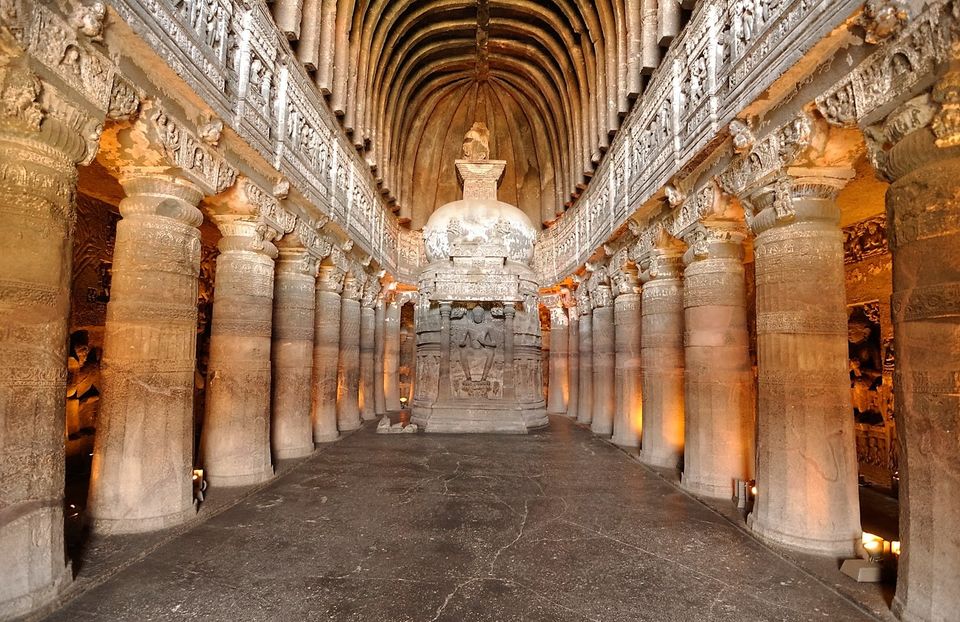
Day 1 - Ajanta Caves
We woke up with the call to prayer of some mosque, the song of a rooster and later a Hindi song. We see children going to school, a neighbor shouting at another neighbor, and lots of green and low mountains. The shower did not work, as usually happens in most cheap accommodations. We had to use the buckets and cold water.
When I woke up, my only mission was to find an inexpensive but better accommodation. We saw several but none convinced us as they were not so clean. So we decided not to waste any more time and stay in the present one. An auto rickshaw took us to the bus station. Once there the idea was to take the local bus that arrives until Ajanta.
Finally, we changed our mind and reached an agreement with a car driver. It would take us to see the caves, and after the visit, it would take us back to our hotel. It was not the cheapest option but it was the most useful, quick and comfortable. Ajanta is a secluded spot about 100 kilometers away from Aurangabad. It is so remote that until two hundred years ago it was known only to the Bhil, a tribe resident in this region.
The journey there is certainly pleasant. The roads are in good condition and the driver is not an undiscovered Formula 1 driver. Shortly before arrival, we still get the opportunity to have our breakfast. Luckily one can say because the tour takes longer than expected. We stopped to take a chai with chapatis at a dhaba on the route. We enjoyed it since we had not had dinner the night before.
The temperature was ideal. I wear a hat and sunscreen because it is very hot. We left at the entrance of the complex and there we took a bus to the Ajanta caves, as the cars cannot pass. Through a beautiful garden, we access a wide amphitheater of rocky hills with caves arranged in a U shape.
After getting off the shuttle bus that takes us from the car park to the entrance of the jungle-like terrain, we are greeted by a carnival-like hustle and bustle. Want a postcard? Need a guide? Want a cold drink? At this time of year, we are almost the only tourists. No wonder we are at the center of attention of all.
But we do not need a guide or a carrier to carry us up the steep steps. In the very low center runs a stream with scarce vegetation and a small bridge. We made the tour of the caves one by one, going up and down slopes. There was a group of Chinese, some of them old. Local men carry a chair on their shoulders and carry people. The speed with which they went up and down stairs was striking.
Some of the vihara or the monastery halls are less interesting, poorly lit, and except for a few columns, nothing is visible. But most are breathtakingly beautiful. There are so many different ways of depicting the Buddha, ornate pillars, and murals that tell stories of Buddha's life. Through light installations, the statues and columns are bathed in orange or blue light. I could spend hours here admiring the Buddha sculptures.
We went down to the stream. From there one can go up to a viewpoint but it was hot and so we returned. Upon return, the driver took us to the viewpoint, which is also accessed by road. The panoramic view is very nice. Just when we want to leave, the first drops come. The drops mutate within a very short time to an extensive monsoon rainfall.
Quickly the forecourt is under water. If we do not want to get completely wet, we should better find a shelter quickly. Fortunately, we still find a free corner and surrounded by families, we wait for the sky to close its locks again. After the rain has stopped we can briefly enjoy the view and a hint of the sunset over the vast plain that extends ahead of us.
Around 6 pm we come back to the guest house and have fruit juice and also taste the ripe papaya. For dinner, we have matar paneer, with chapatis, and achar made of red chilies and green mangoes. It's really delicious.

Day 2 - Ellora Caves
We have samosa and masala chai at a kiosk on the road next to a temple dedicated to Radha Krishna. We left in the car to Ellora caves which are one of the most visited attractions in Maharashtra besides Ajanta. The Ellora Caves are about 35 km from Aurangabad on the former caravan route, where traders transported goods from north to ports in the west. According to Lonely Planet guide, the caves can be visited from 9 o'clock.
The guide advises seeing the last cave of Kailasa Temple since it is the most imposing. Along the way, we passed through Daulatabad fortress and the Khuldabad village. Finally, we arrived at the Ellora Caves. We see the langoor after which we get the tickets.
Beyond the ticket office, the streets lead to the various caves and the well-tended garden. In the center, we walked in a place that could have been a paradise of flowers and nature at the time. The oldest caves date back to the time when Buddhism was the prevailing faith.
We start with it without knowing it. It really is a striking beauty the carvings that it has. To think that it is a single block of stone carved from the top to the bottom. There is a bibliography that describes this cave in detail and the rest, but I agree that it leaves the work it has open-mouthed.
There are those who compare it with Angkor Wat. Personally, I am left with indispensable Cambodia since the environment in which it is located is majestic. In the mountain, there are 30 caves sculpted from the 1st and 2nd century BC to the 5th and 6th centuries AD. Within the same, we find thousands of paintings and sculptures that describe the life of Buddha.
There are about 34 caves. The oldest are Buddhist caves and serve as temples and monasteries (Viharas). They contain beautiful sculptures of dancers and musicians. There is a big monumental Buddha sitting in cave 10. It is too dark to take pictures!
Then we visited the rest of the caves. One advantage of skipping the recommended order was that we could rest a while. When we saw Kailasa we appreciated it in detail. Shiva, Parvati, Vishnu, Lakshmi, Ganesha, Murugan, Brahma, each have their own statue (or more than one).
We have to walk a lot to see them all. We take a bus to see some that are a bit far. The Jain caves are smaller but very finely decorated. The Indra Sabha cave is the most beautiful, with its two levels, murals, and statues. In Ellora there are more visitors than in Ajanta, many of them school children, in addition to the typical groups of Asians.
Almost everyone here is smiling, especially the school class, whom we meet again and again. We are photographed with smartphones and we take pictures of our new acquaintances. We left the cave complex and there is an area with food stalls and souvenirs. We have the lunch at the local hotel with a very good Thali with rice, palak paneer and dal fry and a fresh lime soda.
The night arrives quickly. We meet the black-headed monkeys, and they are not aggressive. I do not approach them because I am afraid of dogs, monkeys, snakes, and scorpions in India or elsewhere! We leave by taxi to visit the tomb of Aurangzeb in Khuldabad. The place is fortified. Macaques rest placidly on stone walls beneath which grudge plump pigs.
Night has fallen. The car took us back to the guest house. We have an Indian meal with cheese naan and mutton rassa, that is simple but good. The night was terrible as the thunderstorm roars. We have a beer and packed to leave the next morning.

Day 3 - Aurangabad
After a typical south Indian breakfast of Masala Dosa filled with vegetables, in a traditional eatery, we limit ourselves to a walk through the old town of Aurangabad. Once again we have to use our negotiation skills because the rickshaw wallah demands a utopian price for the less than a 10-minute drive.
We wade pass the busy streets. There are no tourists here except us. There is a lot of work everywhere. Construction workers unload cement bags. In front of sweet shops, there are large pots of Gulab Jamun and other sweets on display. Between all the work is always time for people to read the newspaper at a chai shop or to chat a little.
We took the opportunity to visit the Bibi-Ka-Maqbara or the mini Taj Mahal. I personally liked it a lot. We also visit the Mughal garden of Panchakki. This garden has the mausoleum of a Sufi saint of the family of Christi. The gardens are dry. We leave to visit the Madrassa.
We spend the afternoon among the people of the neighborhood behind our hotel. Dozens of children play with their kite and dust and colors in the sky remind me some documentaries on Iran and Afghanistan. At lunch, we have a very good fried rice with excellent tandoori chicken tikka.
At 4 in the afternoon, we took a sleeper bus that would take us to Goa. Despite everything, Aurangabad once again showed us another side of India. And that makes this country so exciting. You never know what you'll get.


